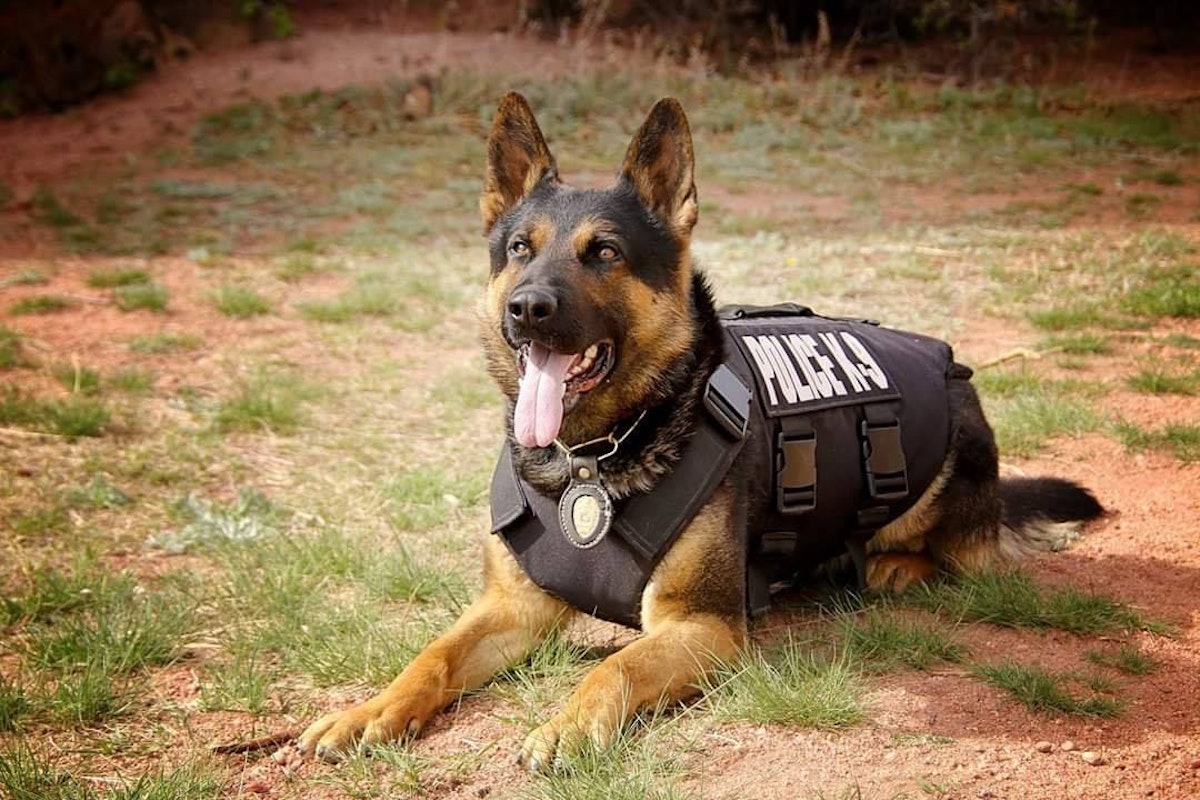From Kennels to K-9 Teams: How Working Dogs Are Being Trained for Law Enforcement

Dogs have long held the title of “man’s best friend,” but for law enforcement agencies around the world, these loyal companions are also crucial teammates. In the high-stakes world of police work—where precision, agility, and instincts are everything—K-9 units play an irreplaceable role. From sniffing out narcotics to tracking down fugitives and aiding in search-and-rescue operations, these working dogs are trained to handle challenges that even the most advanced machines struggle with.
Behind every well-trained police dog is a story of discipline, genetics, and specialized training. But not every dog can make it to the force. Specific breeds with certain traits stand out, especially those with heightened senses, high energy levels, and a strong drive to work. Among these rising stars is the American Leopard Hound, a lesser-known but highly capable breed gaining attention for its exceptional tracking skills and trainability in K-9 roles. According to insights from ThePetWorld.org, this breed not only excels in scent work but also adapts well to structured environments—making it a promising addition to modern K-9 units.

The Journey from Kennel to K-9: What It Takes to Be a Law Enforcement Dog
Becoming a police dog isn't as simple as fetching a ball. The selection process for K-9 candidates starts at an early age and involves strict evaluation of their temperament, intelligence, and stamina. Breeds like German Shepherds, Belgian Malinois, and Dutch Shepherds have long dominated the field, but newer breeds like the American Leopard Hound are making a mark due to their strong hunting lineage and keen noses.
Training usually begins with basic obedience, followed by more specialized instruction such as scent detection, bite work, agility training, and handler bonding. Law enforcement dogs must be confident, highly focused, and responsive under high-pressure scenarios. It's a process that takes months—sometimes over a year—to perfect.
The American Leopard Hound: A Rising Star in K-9 Teams

Known for its striking coat and deep-rooted hunting instincts, the American Leopard Hound is quickly emerging as a promising candidate for law enforcement tasks. Traditionally bred for treeing game, this breed is equipped with a high prey drive, strong tracking instincts, and an impressive sense of smell—all of which translate well into tracking suspects or locating missing persons.
These dogs are also highly trainable and tend to form strong bonds with their handlers, making them easier to direct in fast-paced situations. Their short coat makes them easy to manage in terms of grooming—though it's worth noting that they do shed, and understanding American Leopard Hound shedding and grooming facts can help keep them in top condition for duty.
Core Areas of K-9 Training
Here’s a closer look at the typical areas where working dogs are trained for law enforcement:
1. Obedience and Control
Foundational commands like sit, stay, heel, and recall are reinforced to the point of perfection. Dogs must obey even amid loud noises, crowds, or threats.
2. Scent Detection
Whether it’s drugs, explosives, or firearms, scent training allows K-9s to use their powerful noses to detect substances even humans and machines can’t.
3. Tracking and Trailing
Dogs like the American Leopard Hound excel in this area. They’re taught to follow human scents over long distances, through water, and across varied terrain.
4. Criminal Apprehension
Some dogs are trained to apprehend suspects by subduing them until officers can take over. This includes bite work and release commands—requiring incredible control and discipline.
5. Search and Rescue
Many K-9s are deployed in natural disasters or missing person cases, where they locate victims faster than any search party could.
Traits That Make a Dog Fit for Law Enforcement
Different jobs require different dog traits. For instance:
Catahoula Leopard Dogs, a breed similar to the American Leopard Hound, are known for their intelligence and independence. Catahoula Leopard Dog traits make them suitable for search and rescue in difficult terrains.
Akita Shepherds blend strength and loyalty, but they require proper health management due to common Allergies in Akita Shepherd dogs.
Australian Shepherd Lab Mixes offer high energy and versatility, but maintaining dental and nail care for australian shepherd lab mix is crucial during their active working life.
Each of these breeds brings something unique to the table. The key is matching the dog’s strengths with the specific needs of the law enforcement agency.
Not Just a Job—A Bond of Trust
What truly sets K-9 teams apart is the deep bond between the dog and handler. They train together, live together, and rely on each other in life-or-death situations. This partnership is built over time and becomes essential to the dog’s effectiveness on the job.
Handlers also carry the responsibility of ensuring their K-9 partner’s health, well-being, and emotional care. From regular grooming to joint supplements and allergy management, everything contributes to performance.
Looking Ahead for the Future of K-9 Units
As law enforcement tactics evolve, so do the demands on K-9 units. While traditional breeds continue to serve reliably, there’s growing space for dogs like the American Leopard Hound—agile, focused, and naturally gifted in tracking.
By understanding each breed’s traits, training needs, and health requirements, agencies can make informed decisions that strengthen their K-9 teams. From humble beginnings in kennels to becoming crime-fighting partners, these dogs truly are heroes on four legs.